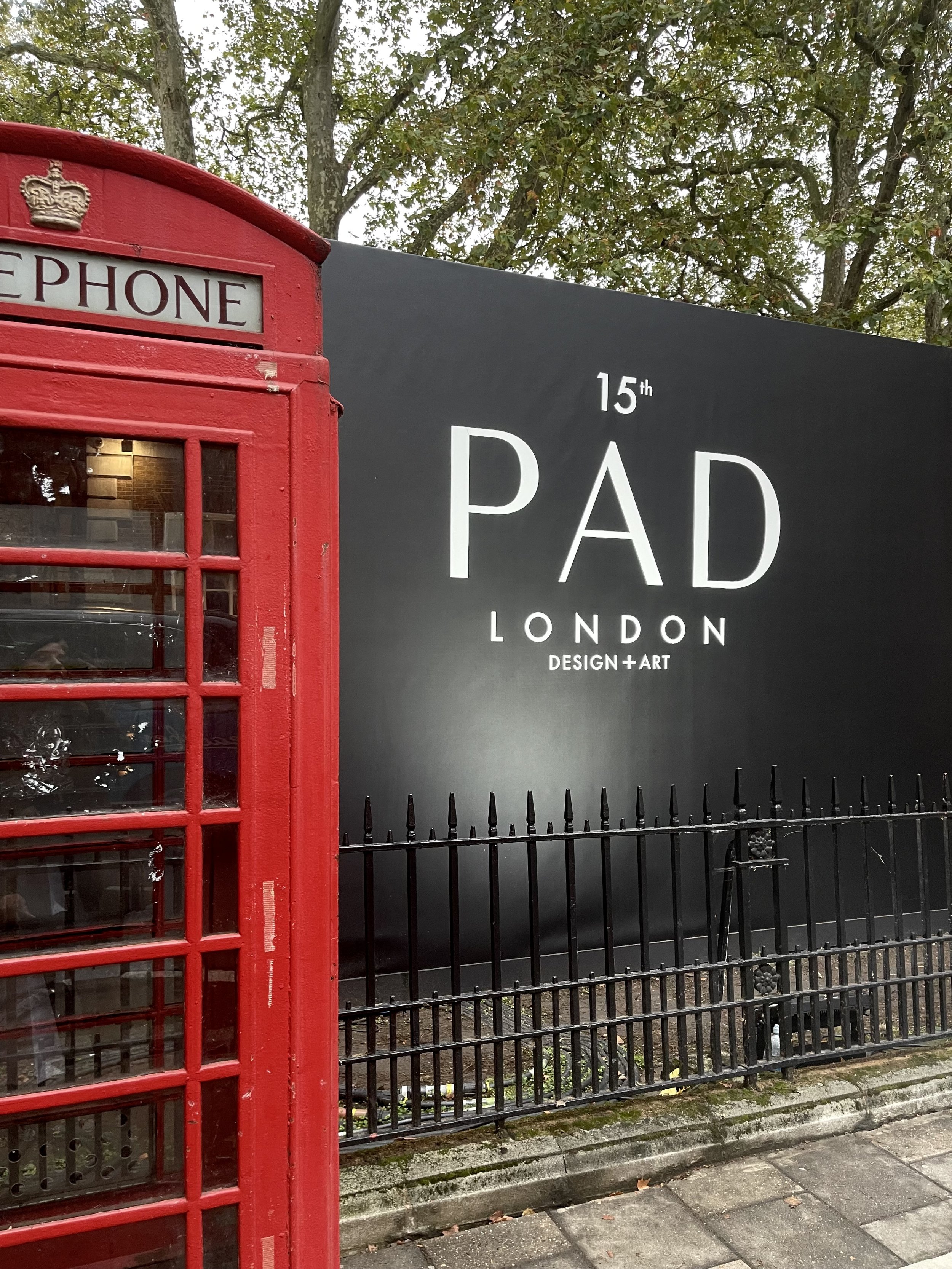Inside Victoria Miro: One of London’s striking contemporary Art galleries
Now this… has got to be one of my favourite art galleries in London. Admittedly, it's primarily because of how stunning the building is—but that alone significantly elevates the entire experience.
I finally made it to the Victoria Miro Gallery after repeated failed attempts over the years, and it did not disappoint. It’s tucked away in Islington near Angel—one of the vibey-ist neighbourhoods in London, with al fresco dining, vintage stalls, and boutique shops. It’s worth making a day of it.
The gallery itself is hidden down an industrial-looking side road. Thankfully, there’s a grand sign signposting the building; otherwise, you could easily walk right past it. The entrance is understated, and yes—you’ll need to be buzzed in. Classic private gallery vibes.
The architecture is genuinely show stopping—soaring ceilings, floating staircases, and gallery spaces that unfold with cinematic precision. Everything feels intentional. A long glass corridor connects the front of the gallery to a peaceful garden out back (complete with a reflecting pool). Though the exterior leans toward the raw and utilitarian, the interior strikes a perfect balance: elevated and polished, yet low-key and inviting.
We caught two exhibitions—“Colony of Ghosts” by British painter Celia Paul, and “The Greenhouse” by American artist Inka Essenhigh.
Inka Essenhigh’s The Greenhouse
Inka Essenhigh’s world is surreal, lush, and hypnotic. Her blooms seem to spring from some sci-fi dimension—stretching, twisting, and pulsing with eerie beauty. What makes them even more arresting is her use of enamel mixed into oil paint, creating a hyper-vivid depth and sheen. It felt like stepping into a world that was alive and growing in its own logic.
In a world obsessed with neutrals and greys, the colour was refreshing. There’s something delightfully defiant in it. I especially loved Essenhigh’s own reflection on her work, which she shares on Victoria Miro’s site, a line which stayed with me:
“I think of flowers being a stand-in for consciousness. Like it’s in a bloom.”
And what elevated the experience even more was George Saunders’ accompanying essay “She Who Helps See”—an abstract, lyrical piece that extends the dreamlike quality of Essenhigh’s work beyond the canvas. Together, the visuals and the writing create an immersive, expanded narrative. You can buy a precious portfolio of images and this essay to have a little Art keepsake for take away.
Celia Paul’s Colony of Ghosts
In stark contrast to Essenhigh’s rich colour and otherworldly vitality, Celia Paul’s work is more introspective—muted, haunting, and quietly commanding. Her brushwork feels intimate, almost hesitant at times, as though memory is being cautiously summoned onto the canvas.
One standout piece, also titled Colony of Ghosts, depicts the 'four giants' of the School of London: Lucian Freud, Francis Bacon, Frank Auerbach, and Michael Andrews. Paul’s rendering is part homage, part reckoning. She invites us to see these men not as icons, but as spectral figures—haunting her own place within that legacy.
The tablecloth in the centre ripples like water—or ectoplasm—blurring boundaries between the past and present. The whole piece carries a quiet tension: reverence mixed with resistance. I found myself lingering longer than expected, trying to decipher where she fits in this ghostly constellation of male greatness.





























